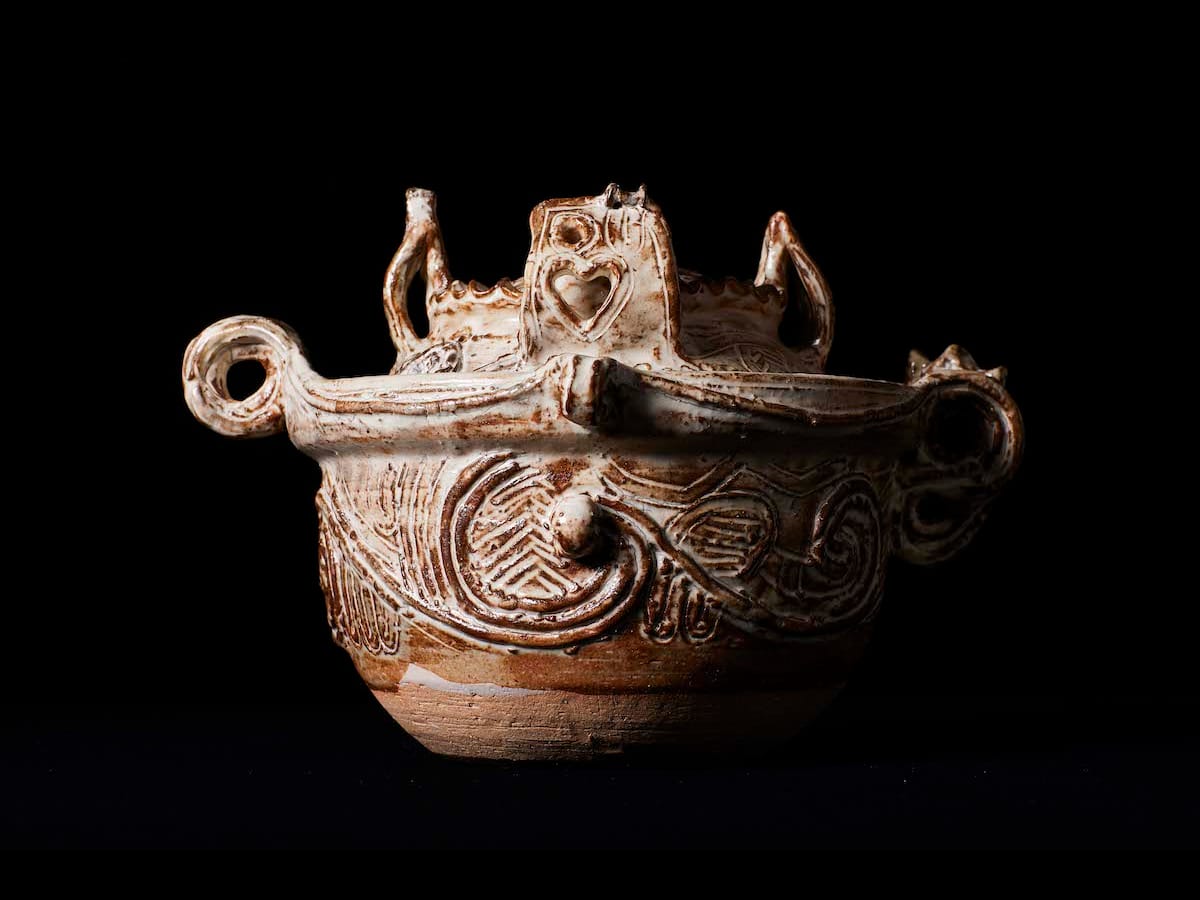
Source: © PR Times, Inc.
Prehistoric Jomon period-inspired rice pots give you the feeling you’re dining on a piece of history
- Tags:
- Jomon period / Rice Cooker / rice pot
Related Article
-
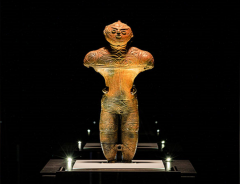
Travel in time to the Jōmon Period with Bōrō NOGUCHI Hakodate at Yunokawa Onsen
-

Don’t look now but something has appeared from the rice cooker
-
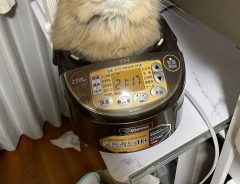
Fluffy cat in Japan cooks up the derpiest look ever when he discovers rice cooker
-
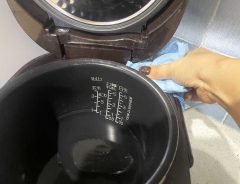
Take the hassle out of cleaning your rice cooker with this simple lifehack
-
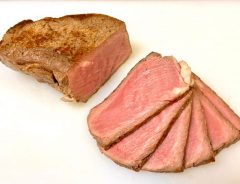
Serve up incredibly easy to make roast beef for Christmas with this rice cooker recipe
-
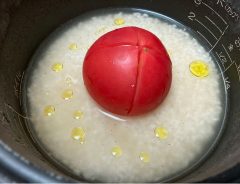
Japanese agricultural group’s easy mess-free tomato rice recipe is the talk of Twitter


The Jōmon period (14,000 BCE-300 BCE) is considered the “earliest major culture of prehistoric Japan”. The end of the Ice Age marked its beginning, and this allowed Japan's early civilization to live a more sedentary lifestyle thanks to the warmer weather and bountiful land. This also gave way to some of the country's first discoveries that continue to live on, such as rice planting and pottery.
Pottery, in particular, was something the Jōmon period became famous for. It's where the era derives its name from; Jōmon (縄文) refers to the Japanese word for "cord-marked", one of the many styles of pottery that emerged from this time.
One craftsman who is keeping this period's pottery culture alive is ceramic artist Nozomu Shinohara. Shinohara is based in Shigaraki, Shiga Prefecture, a small town known for being one of the places included in Japan's "Six Ancient Kilns". These designated cultural spots are where Japan's most ancient kilns and pottery techniques have been passed down and preserved for hundreds of years.
Shinohara collaborated with Japanese culture magazine "Wakura" to create 10 rice pots based on Jōmon-style pottery--specifically, the ones that were excavated from a site in Niigata Prefecture. Although Jōmon period pottery typically uses cord-marked designs, the Niigata style made use of more intricate curves and pointed details that resemble flames. Shinohara made the Jōmon rice pots to reflect this, and also added design variations to each pot to make them one-of-a-kind.
© PR Times, Inc.
© PR Times, Inc.
The rice pots are priced at 44,000 yen, which is a lot more expensive than the standard price for a rice pot, but if you want a piece of pre-historic Japan in your kitchen, you can order them online here.